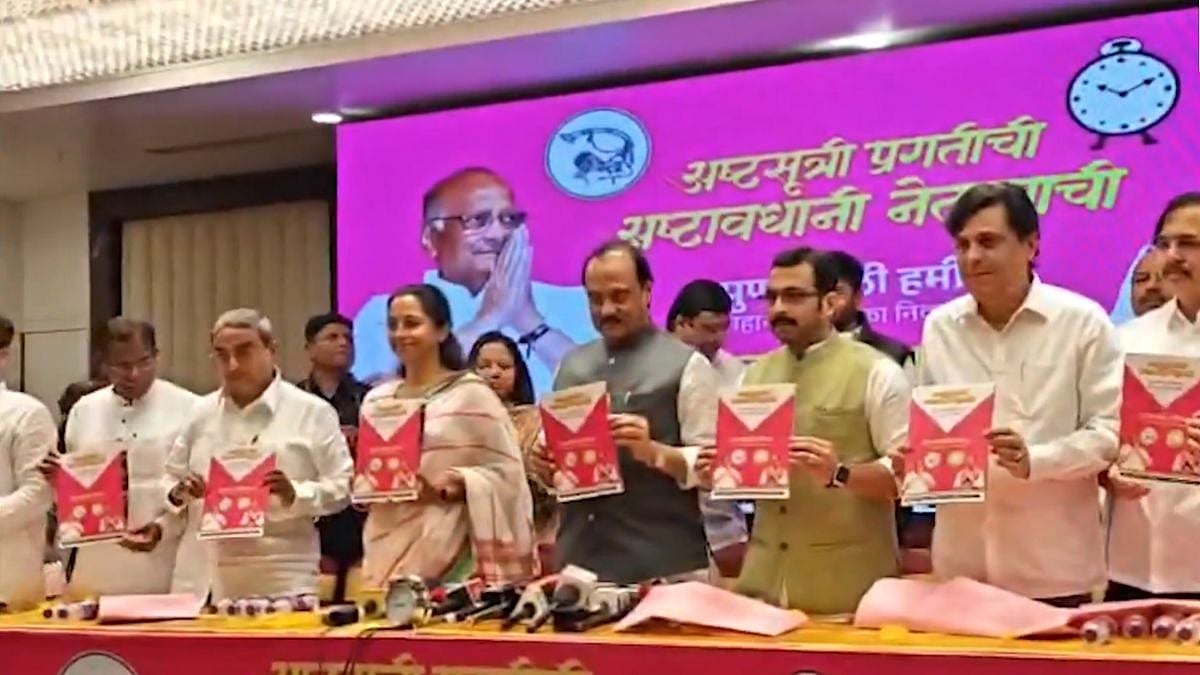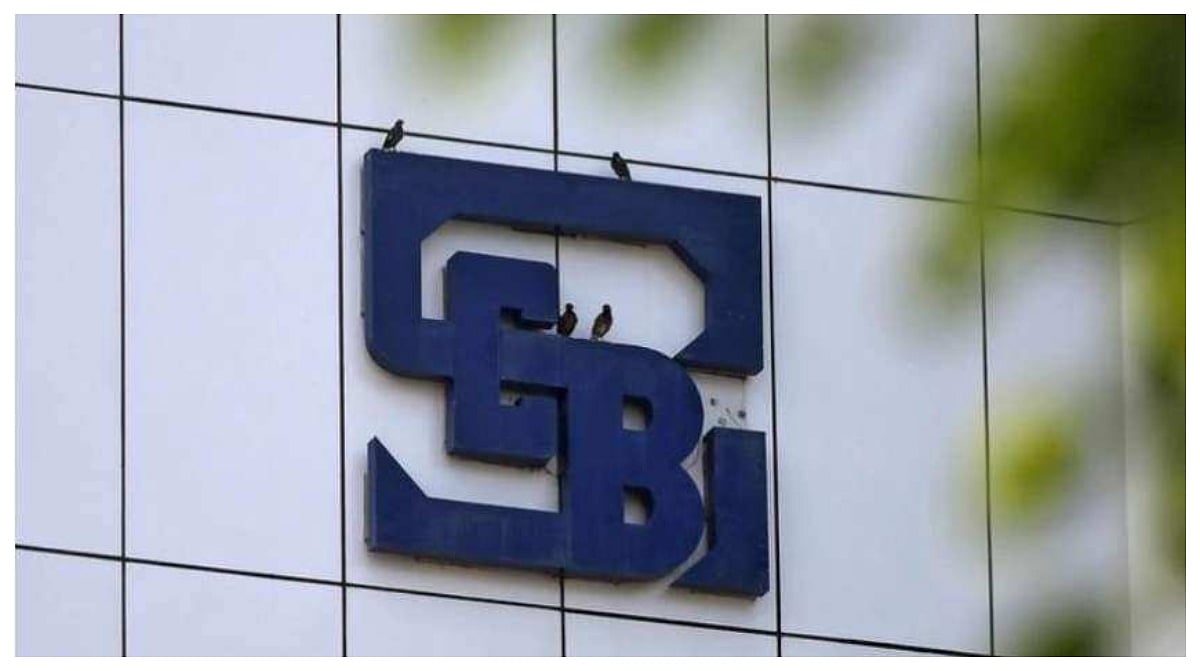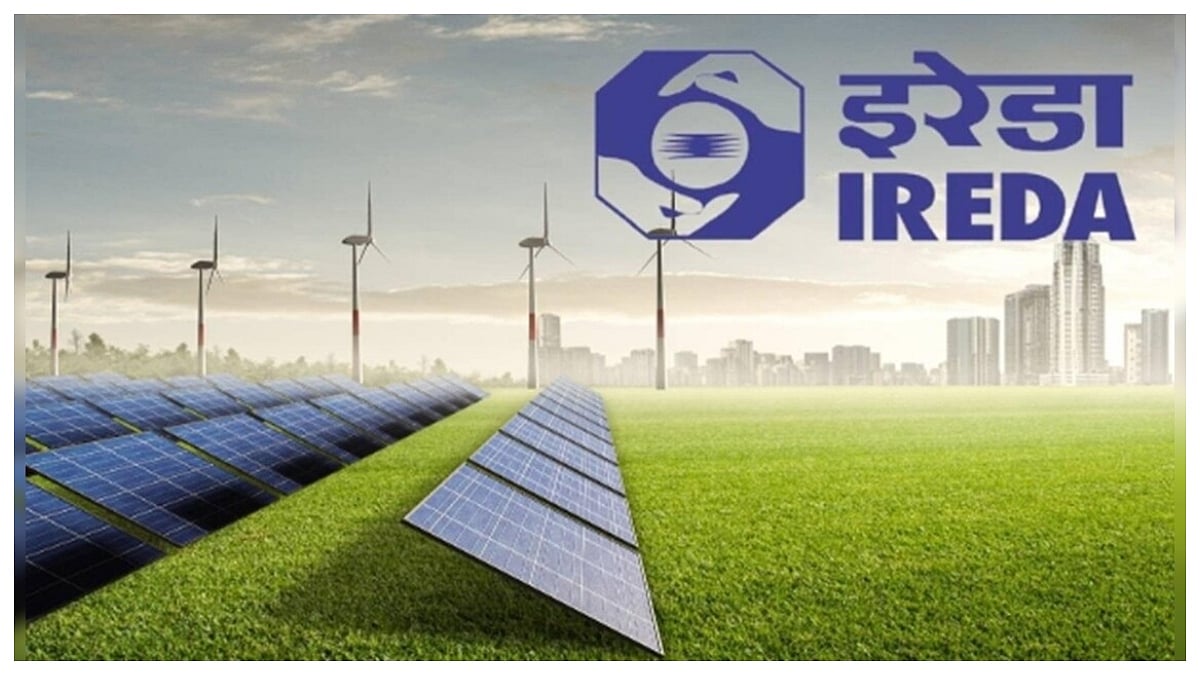On Friday morning Prime Minister Modi asked India to come together at 9:00 pm on Sunday for 9 minutes. Not in a literal sense of course, what with there being an ongoing pandemic in the country. This was a move aimed as fostering a spirit of unity and solidarity amid the nation-wide lockdown.
However, what the Prime Minister may not have immediately thought about is the repercussions of this move on India’s power sector. With most offices shut and people closeted in their homes, it is not a major stretch of imagination to assume that the sector is already feeling the differences. Now, even if a third of the country follows the Prime Minister’s directive, there will be a sudden lull in demand.
And while nine minutes may not seem like a long time, keep in mind that this is a country with 1.3 billion people within it. And if the response to the Prime Minister’s previous call for action was any indication, one can safely surmise that the total number of participants will be in the millions.
According to a Moneycontrol report, power companies are utilising the time until Sunday 9 pm to prepare for the nine minutes.
“It's like suddenly putting a brake of a car in motion, or suddenly pushing the accelerator to the floor...it is difficult to predict how the car will exactly behave,” the publication quotes a senior power firm execute as saying.
There is a chain of organisations that are involved in this process. This includes the organisations that generate power, those that distribute it, and the state load dispatch centres that sync the demand and supply requirements. The latter coordinates with the two other bodies to understand how much power needs to be supplied to the grid. According to a CNBC TV18 report, a frequency of 49.9 to 50.05 Hertz is maintained on the grids while transmitting electricity.
The problem lies in the fact that if the frequency is too high amid excessive supply or too low amid excessive demand, the lines can trip. This in turn can lead to power outages. The line tripping can also set off something of a chain reaction, and lead to a series of outages. So, when millions of people switch their lights off almost simultaneously, the supply can surge and lead to a mass blackout.
India does not run on one kind of energy alone. As per the Ministry of Power, India has a total installed capacity of 3,67281 MW as of February 29. Of this, 62.8% is thermal (coal, lignite, gas and diesel), 12.4% is hydroelectricity, 1.9% is nuclear and 23.5% comes from renewable energy sources such as small hydro project, biomass gasifier, biomass power, urban and industrial waste power, solar and wind energy.

An additional problem is the fact that not all power sources can be shut down or restarted as desired. Solar power will not be in the equation naturally, but wind energy cannot be halted. Hydroelectric and gas plants can be shut and restarted as necessary. Executives however told Moneycontrol that a thermal plant is far more difficult to manage and can take hours to restart. And while such plants have been running on low capacity due to the lockdown and the pandemic, they cannot be shut completely.
The good news, in one sense is that unlike in the 2012 power outages, there are no trains running or workers toiling who might need to be rescued. Logistically speaking this poses less of a problem. Another boon is the fact that not every electrical appliance will be shut down.
It now remains to be seen whether power failures, be they big or small, are in our near future. Power companies however say that they are prepared to tackle any issues that may crop up.









